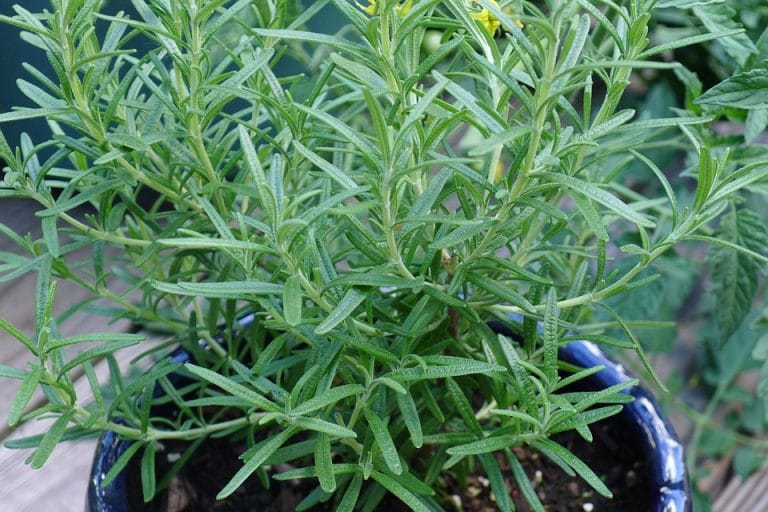
Overwintering rosemary indoors can be a challenge, but there are ways to turn the challenge into an opportunity so you can enjoy this Mediterranean herb year-round.
Start with a potted rosemary; uprooting and moving an in-ground plant is difficult. If you don’t have any container-grown rosemary, buy one near the end of summer to overwinter indoors.
Rosemary resents being potbound, so if roots are escaping through the pot’s drainage holes by late summer, transplant it into a slightly larger container, using a lightweight potting mix. A few weeks before bringing the plant indoors, move it from full sun to part shade to allow it to adjust to lower light levels.
Make the final move indoors before the first frost. Situate your rosemary in a cool, well-lit room or enclosed porch; ideally, the temperature should stay between 10° and 15°C. A spot that’s too warm can stress the plant and attract whiteflies or spider mites. If that happens, apply insecticidal soap.
Rosemary appreciates lots of light and may get leggy without it. A southern or southwestern exposure is best, or set the plant under a fluorescent light on a timer.
Good air circulation helps prevent powdery mildew. Don’t crowd the plant and keep it away from humid locations. A small fan blowing on the herb for a few hours a day increases air circulation. Treat powdery mildew by removing infected leaves and spraying the plant with a mixture of baking soda and water.
Rosemary is classed as drought tolerant and thrives in lean, well-drained soil. However, this is one herb that doesn’t like completely dry conditions. In winter, water when the top of the soil is dry. In spring, as growth begins, keep the top of the soil slightly moist, but not drenched or waterlogged.
There’s no need to fertilize through the dark winter months, but begin feeding every other week in early spring with a balanced formula, such as 20-20-20.
Once outdoor temperatures rise to about 12°C, acclimatize the potted rosemary by setting it outside in part shade for the day and bringing it indoors at night. As soon as all danger of frost has passed, the plant can stay outdoors for the summer, ideally in your hottest, sunniest garden spot.










Hi Mary,
You can certainly try it. I’ve had very little luck moving lavender indoors; I find it even trickier than rosemary. But you might have better luck!
Would that work for lavender??